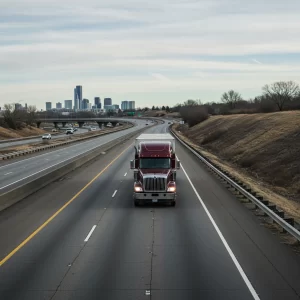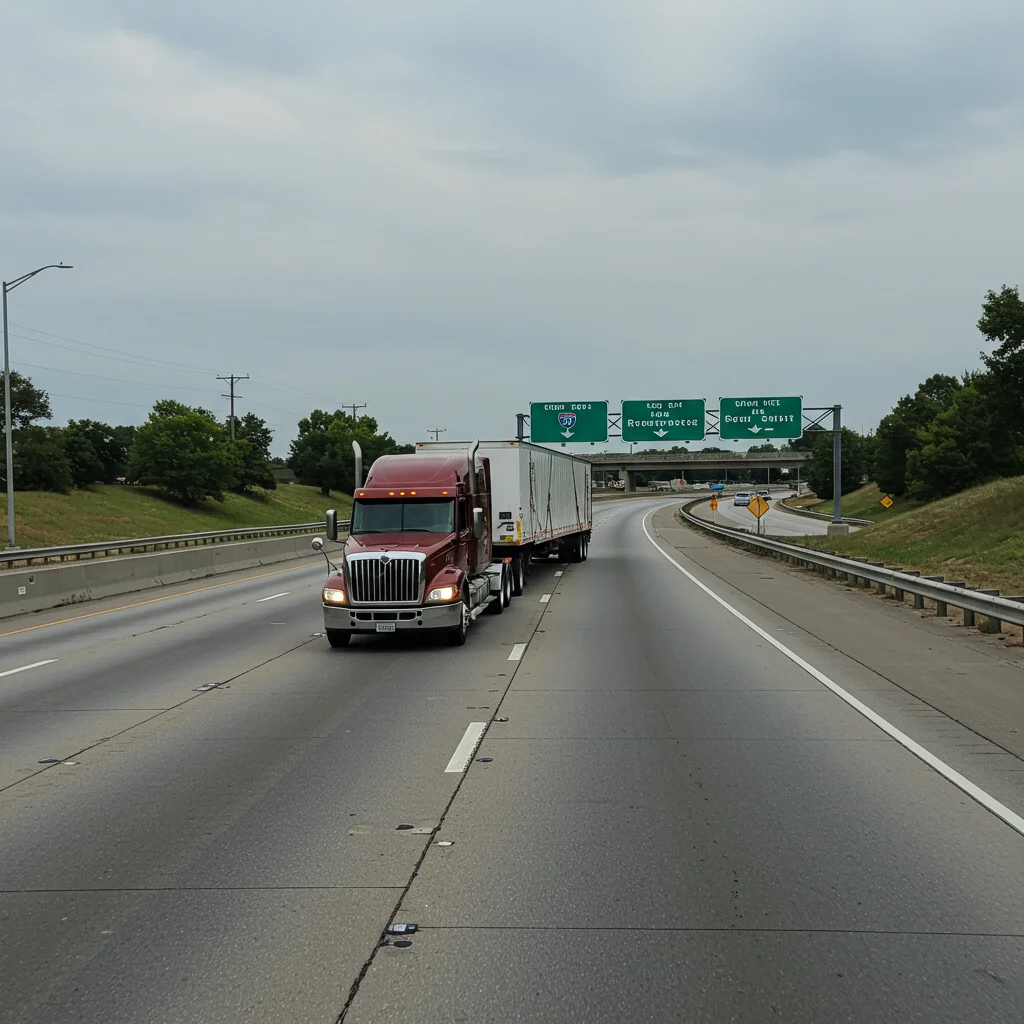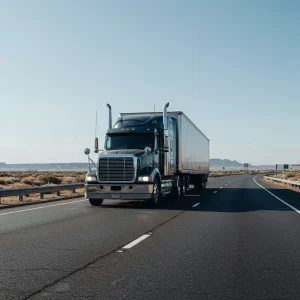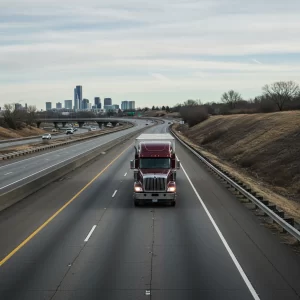
Can My Truck Be Impounded for Clean Truck Check Violations?
Can My Truck Be Impounded for Clean Truck Check Violations?
Yes, the Clean Truck Check is now required in California. This rule was created under Senate Bill 210 by the California Air Resources Board (CARB). The rule is also called HD I/M, which stands for Heavy-Duty Inspection and Maintenance. It covers most diesel and alternative fuel trucks with a GVWR (Gross Vehicle Weight Rating) over 14,000 pounds. If you own a fleet, you must follow the rule. The goal is to cut down on NOx emissions and PM 2.5 pollution. These harmful gases make the air dirty and can cause health problems and early deaths. Even if your trucks are not registered in California but drive in the state, they still need emissions testing. The DMV, EPA, and other agencies help make sure trucks follow the rules.

The Clean Truck Check program has important dates you must remember. It started in January 2023. At that time, fleet owners had to give vehicle data and pay a $30 fee. Starting in January 2025, trucks must go through OBD emissions testing every three or six months, depending on how old they are and the kind of fuel they use. In January 2027, even tougher rules will begin. Trucks will need to pass tests through the CTC-VIS system (Clean Truck Check Vehicle Inspection System). If you miss these deadlines, you could get a registration block, fines, or even citations. You must keep up with these dates so your trucks can stay on the road legally. If you're looking for testing services in California, visit the official Clean Truck Check location in Aguanga, CA for more information and local compliance support.
Technicians and shop managers have a big job in helping trucks pass the Clean Truck Check. They need to take CARB-approved training and use certified OBD equipment to do tests. These tests include a visual inspection, a functional inspection, and a smoke opacity test. The smoke test follows the SAE J1667 standard. These tests help find problems like tampering, missing emission control labels, or too much smoke. Using good diagnostic software and telematics tools can help shops fix problems before testing. This helps trucks pass the test and get their compliance certificate. As testing becomes more common, shops need to be ready for more trucks needing service.
Trucks must pass different kinds of emissions tests to follow the Clean Truck Check rule. These tests include OBD testing, visual checks, and smoke tests. The type of test depends on what fuel the truck uses and its model year. Diesel trucks made after 2013 and alternative fuel trucks made after 2018 must take the OBD test. Some vehicles are exempt, like gasoline trucks, military tactical vehicles, emergency trucks, zero-emission vehicles, and those with experimental permits. If a truck fails a test, it must be fixed and tested again before it can get a compliance certificate. These tests help lower NOx and PM pollution, which can damage engines and hurt people’s health.
Not following the Clean Truck Check rules can lead to big problems. If your truck fails the test or you skip a test, you might get blocked from registration by the DMV. You could also get fines or citations. CARB checks to see if a truck has been tampered with or is missing emission parts. If it finds a problem, it may not allow the truck to be tested. To stay safe, always send in your vehicle data, pay the $30 fee, and do the emissions tests on time. Using a telematics system and a maintenance plan helps track deadlines and catch problems early, so you don’t get fined.
Both long-haul and short-haul fleets need to follow the Clean Truck Check. Even if your long-haul trucks are not registered in California, they still need to take the test if they drive in the state. You must report data like VIN and GVWR and follow the same testing schedule. Short-haul fleets might need more tests because they do a lot of city driving and idling. This can wear out engines faster and cause more emissions. These fleets must plan ahead for testing and inspections. Following a schedule for quarterly testing and fixing problems quickly helps both kinds of fleets avoid delays and fines.
To meet CARB rules, you must register your trucks in the HD I/M system. You will need to give the truck’s VIN, GVWR, fuel type, and pay the $30 fee for each truck every year. Make sure the info matches what’s in the DMV’s system. After that, you’ll need to do regular emissions tests using a certified tester and CARB-approved OBD tools. CARB may ask to see your records, so keep everything organized. It helps to use tools that send you compliance alerts and let you report results automatically. This saves time and helps you stay on track without missing any steps.
This rule doesn’t just affect fleet owners. Dealerships, cities, and service shops must follow the rules too. If a dealership sells a used heavy-duty truck, it must make sure that truck meets the Clean Truck Check rules before it can be registered. City fleets like garbage trucks and street sweepers must also follow the testing schedule. Service centers need to train their staff and get OBD tools that are approved by CARB. They’ll be doing more smoke tests and inspections, so they need to be ready. Shops that prepare now can grow their business and help make the air cleaner for everyone in California.

Can My Truck Be Impounded for Clean Truck Check Violations?

Why Registration for Clean Truck Check is Mandatory

Clean Truck Check Penalties: What Happens If You Don’t Comply?

Understanding the Impact of Air Quality Rules on Older Diesel Trucks

Which Truck Types Are Subject to Clean Truck Check?

Why Pre-Emission Trucks Matter for California Regulations